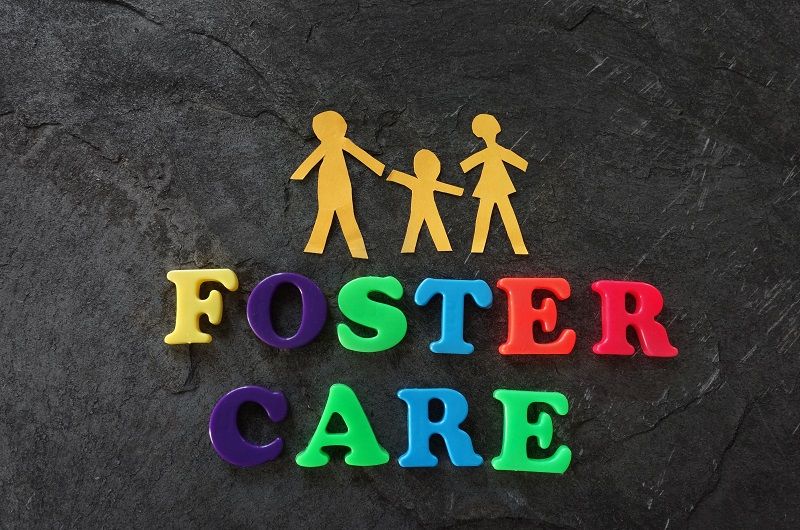If you or someone in your family had a terminal illness, would you want the right to try an experimental drug that might save a life? That’s what eleven-year-old Diego Morris of Phoenix wanted when he was diagnosed with a rare, deadly form of cancer. Traditional treatment didn’t work; and after an exhaustive search, his family found a “miracle drug” that was approved in much of the world but not in the United States. So, the whole family moved to England where Diego was successfully treated. Now back in Phoenix, Diego has been cancer-free for two years.
Now thirteen years old, Diego Morris was the Honorary Chairman of the campaign that saw 78 percent of Arizona voters approve a Right to Try referendum last November. It will give terminally ill patients the right to try to save their lives by allowing access to investigational medicines that have not yet been approved by the U.S. Food and Drug Administration (FDA). Diego supported the measure because he said “…hope was the most important thing to him and giving hope to others is what he thinks the right to try law will do.”
Oregon legislators are now being asked to approve Right to Try legislation here. HB 2300 in the House Health Care Committee would not compel physicians or drug companies to provide any treatment; it would simply allow terminally ill patients the right to try to get access to drugs or devices not yet approved by the FDA.
In addition to Arizona, Right to Try laws have been enacted overwhelmingly within the last year by legislatures in Colorado, Louisiana, Missouri, and Michigan. Legislatures in more than twenty states are now being asked to give their citizens this important right.
Designed by the Goldwater Institute in Arizona, the Right to Try concept addresses a growing dissatisfaction with the slow process of approving life-saving medications in America. Creating, developing, testing, and getting government approval to market a new drug here can take upwards of ten years and cost more than one billion dollars. While this process may keep unsafe or ineffective drugs off the market, it may also keep effective drugs away from critically ill patients for so long that they literally die waiting.
Only about three percent of the sickest Americans qualify for or have access to FDA-approved clinical drug trials, and even those who enter such trials cannot be sure whether they are receiving a potentially useful drug or a placebo. Some medical researchers worry that granting terminally ill patients the right to try investigational medicines may make it harder to recruit people for randomized controlled trials. However, more and more people now recognize that an individual’s right to try to save their own life should trump the need that researchers might have to control how those drugs are tested.
As Goldwater Institute president Darcy Olsen says, “Terminal patients shouldn’t have to ask the government for permission to try to save their own lives.”
While the FDA does allows people to request access to medicines that have not yet been approved, the process can require 100 hours of paperwork and months to complete, with no assurance that access will be granted. Currently, fewer than 1,000 individuals get such approval annually. Right to Try offers a better way.
Some legal scholars worry that the federal government will challenge state Right to Try laws under the Supremacy Clause of the U.S. Constitution, which says that when federal and state laws conflict it is federal law that should take precedence. While this is often the case, Oregon is in the forefront of what could be a very relevant exception.
Oregon voters twice approved the state’s controversial Death With Dignity Act, in 1994 and again in 1997. The law allows “terminally-ill Oregonians to end their lives through the voluntary self-administration of lethal medications, expressly prescribed by a physician for that purpose.” The medications, however, are deemed controlled substances by the FDA and not federally approved for such a purpose.
The U.S. Attorney General argued that because federal law prohibited controlled substances from being used to intentionally end life, the Courts should strike down the Oregon law. The U.S. Supreme Court disagreed. In Gonzales v. Oregon (2006), the Court upheld Oregon’s law. It found that states generally have wide discretion in regulating health and safety, including medical standards. Finding that the Bush Administration’s reading of the federal statute would mark “a radical shift of authority from the States to the Federal Government to define general standards of medical practice in every locality,” the Court ruled that Oregon could protect the rights of its citizens, at least in this specific instance.
If Oregon can protect the right of its citizens to end their own lives with controlled substances, it should be able to protect the right of its citizens to try to save their own lives with substances not yet approved by the federal government.
As thirteen-year-old cancer survivor Diego Morris believes, Right to Try can offer hope to people facing life-ending situations when federal law offers no hope. It’s a policy whose time has come, and Oregonians deserve.
Right to Try is right for Oregon.











